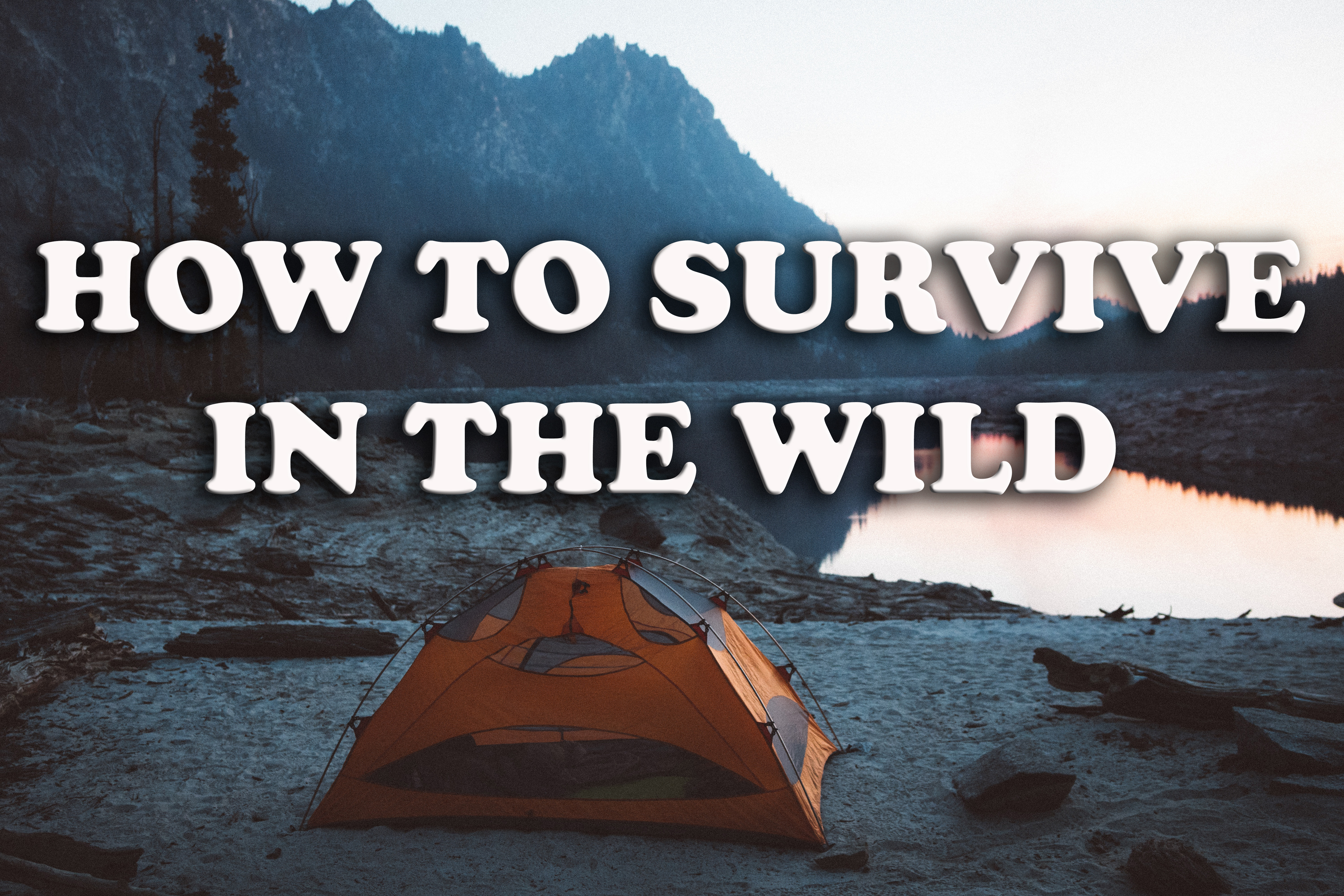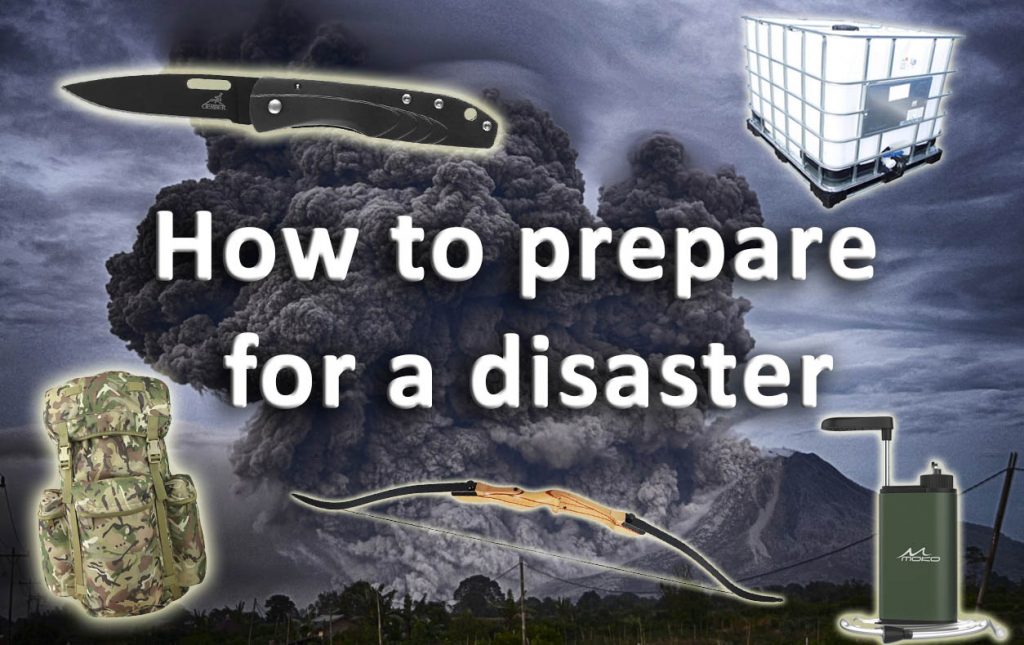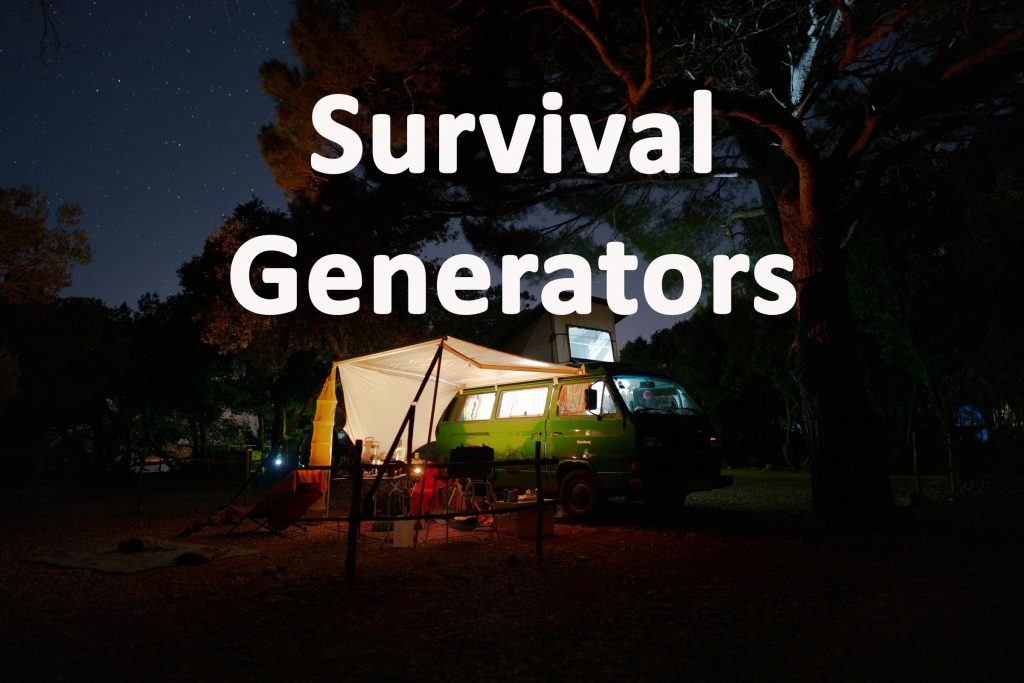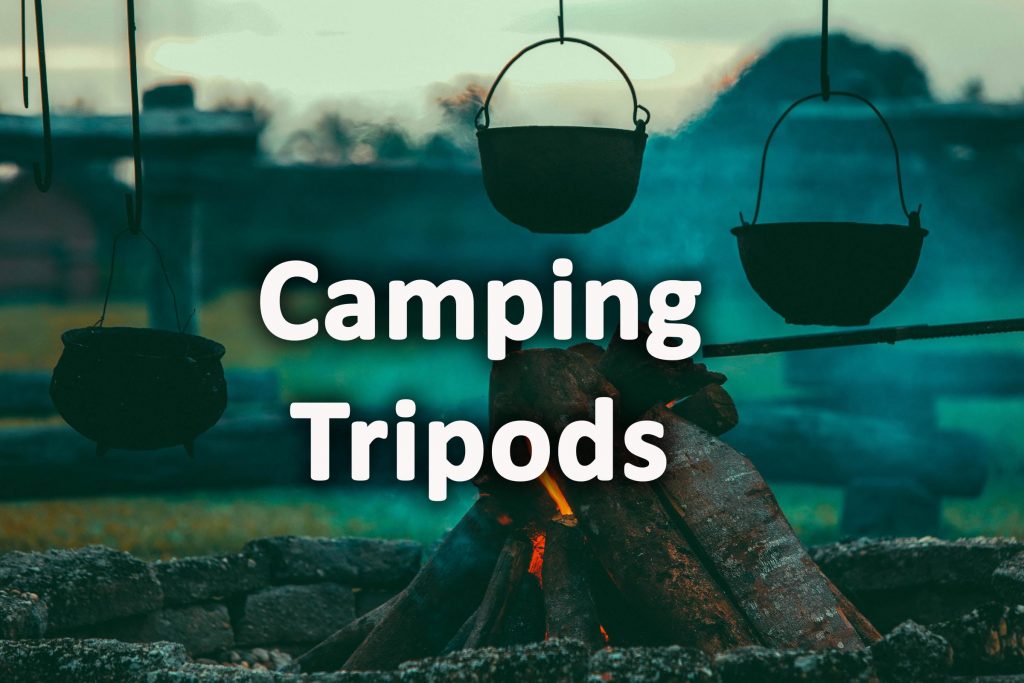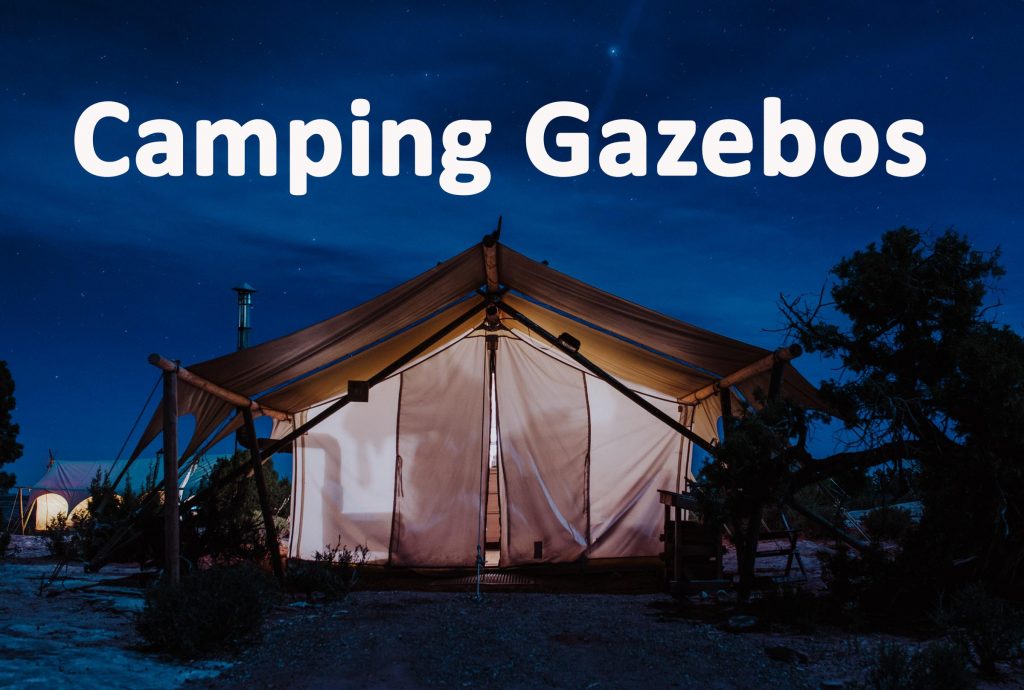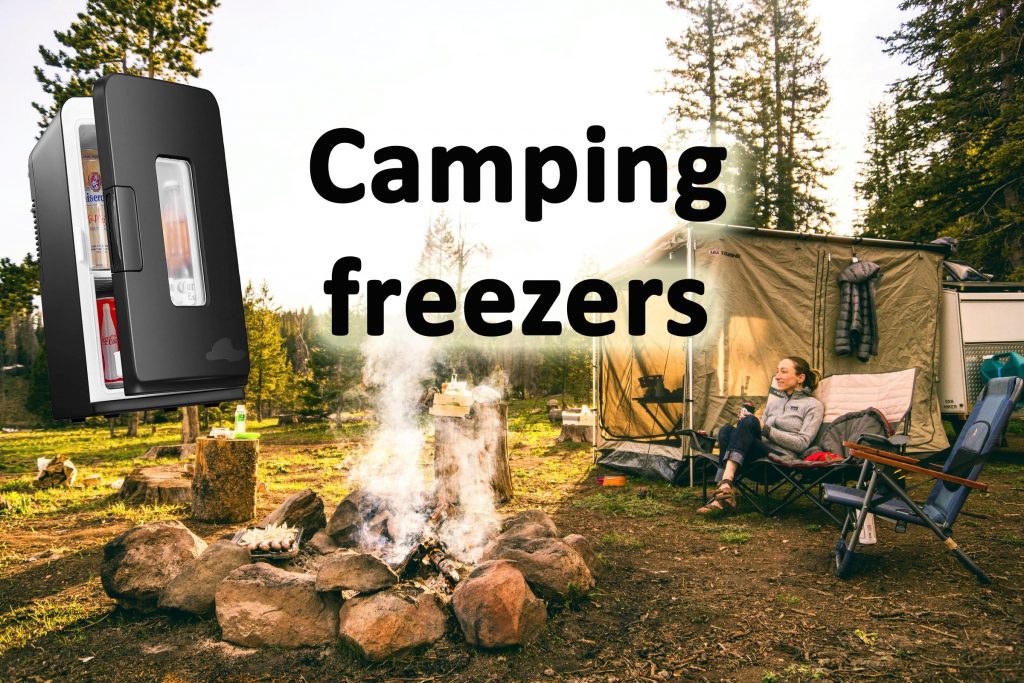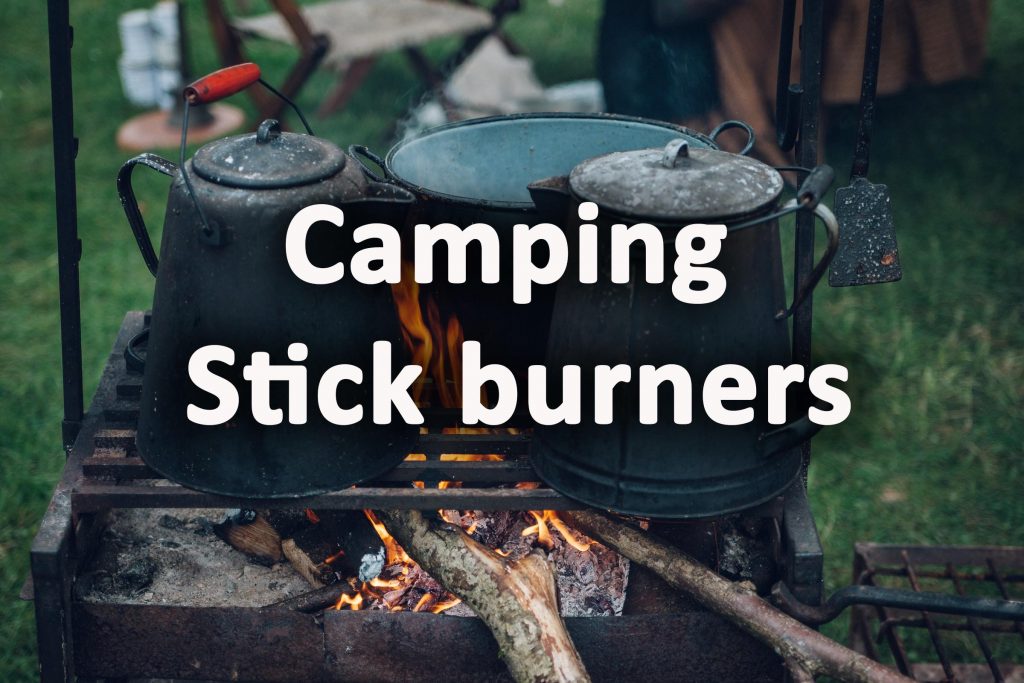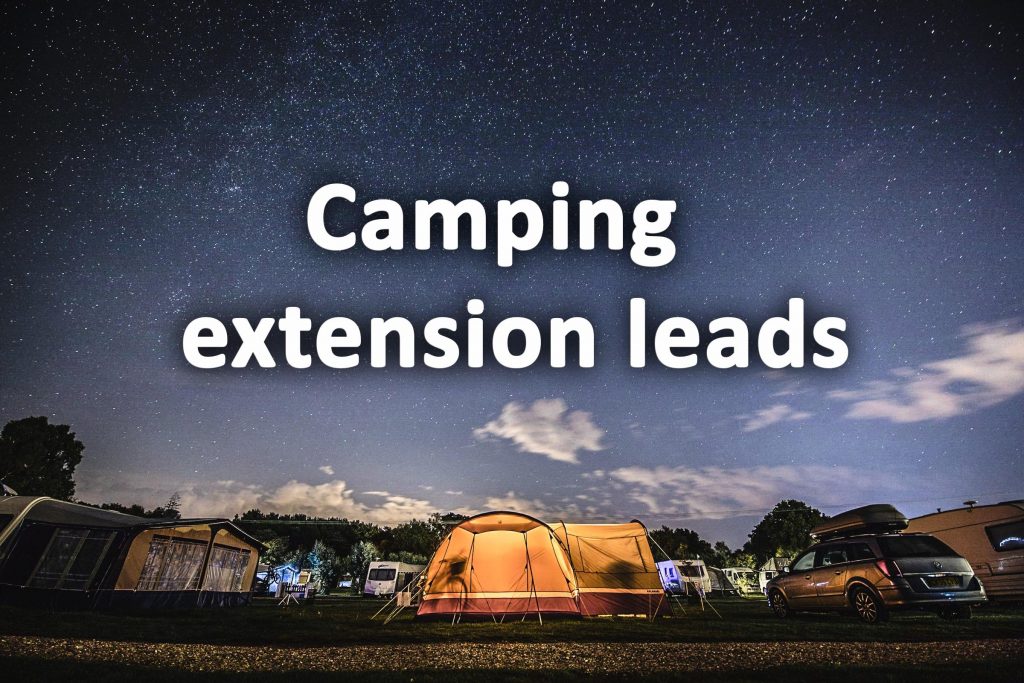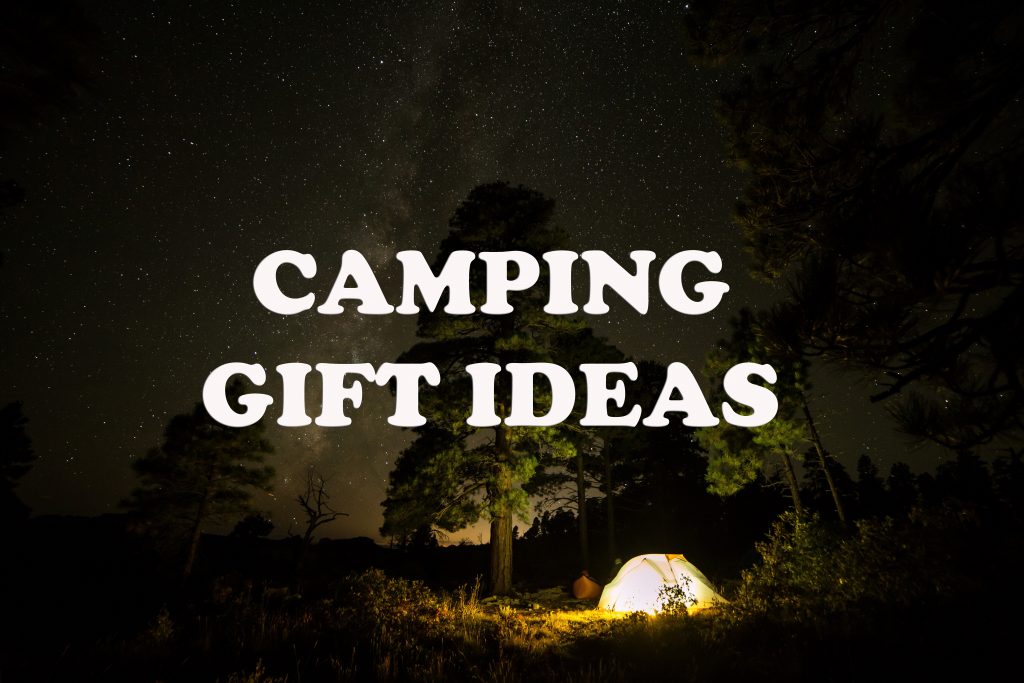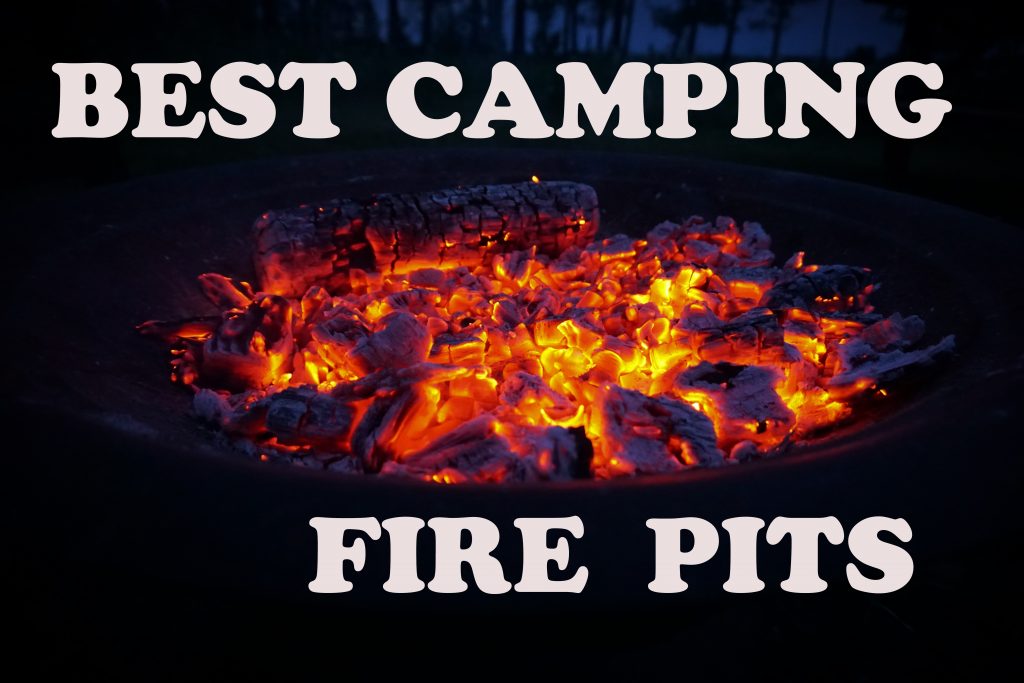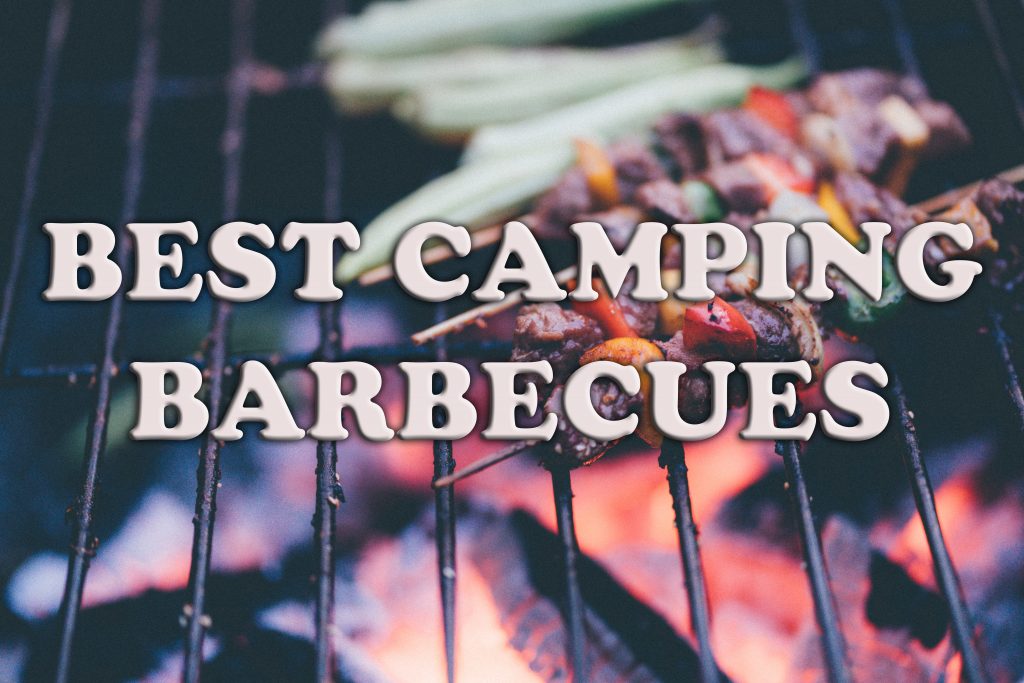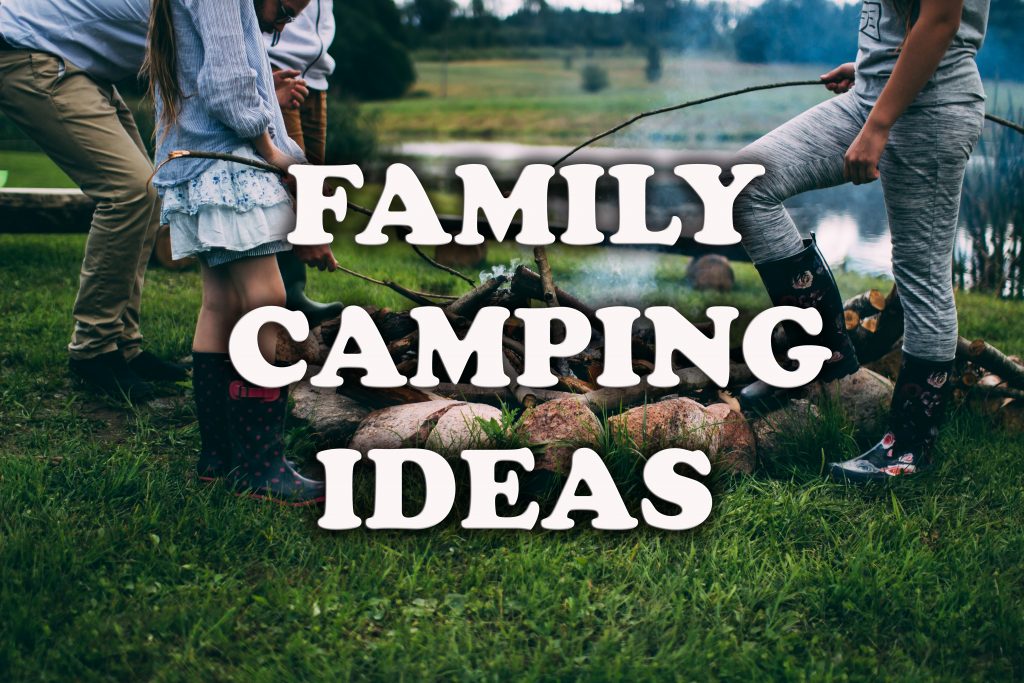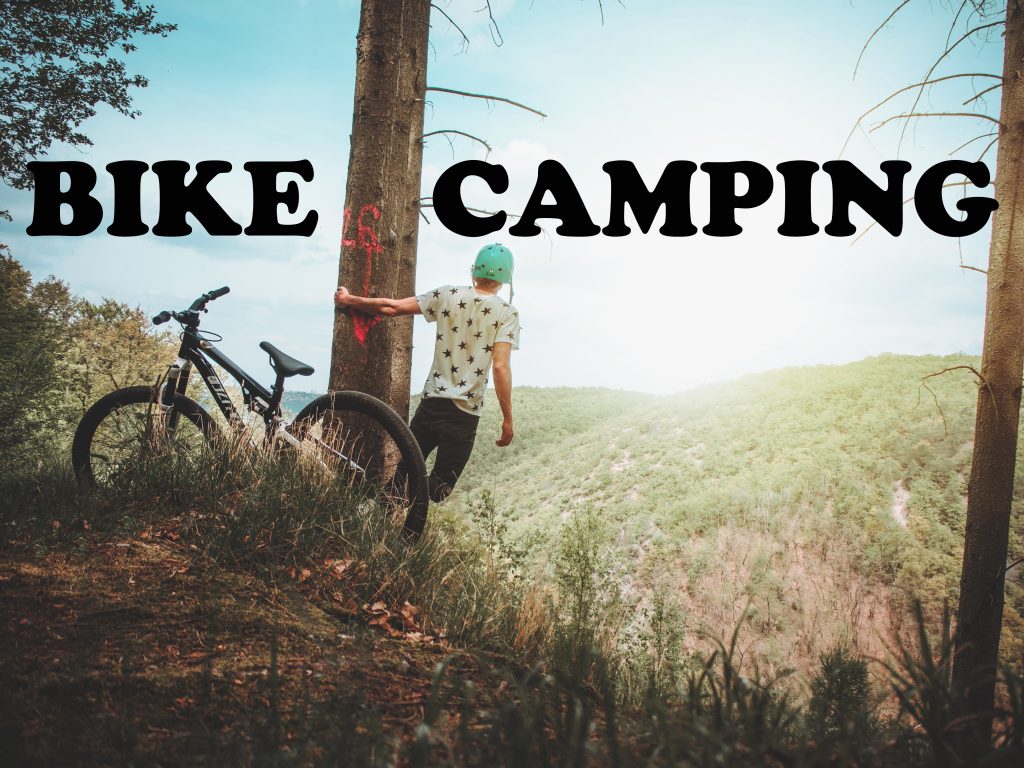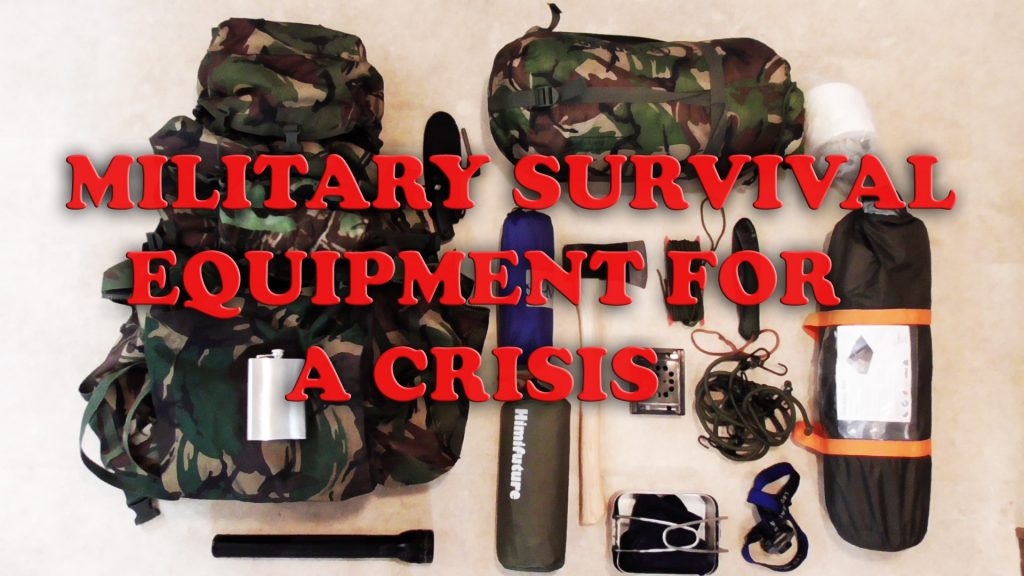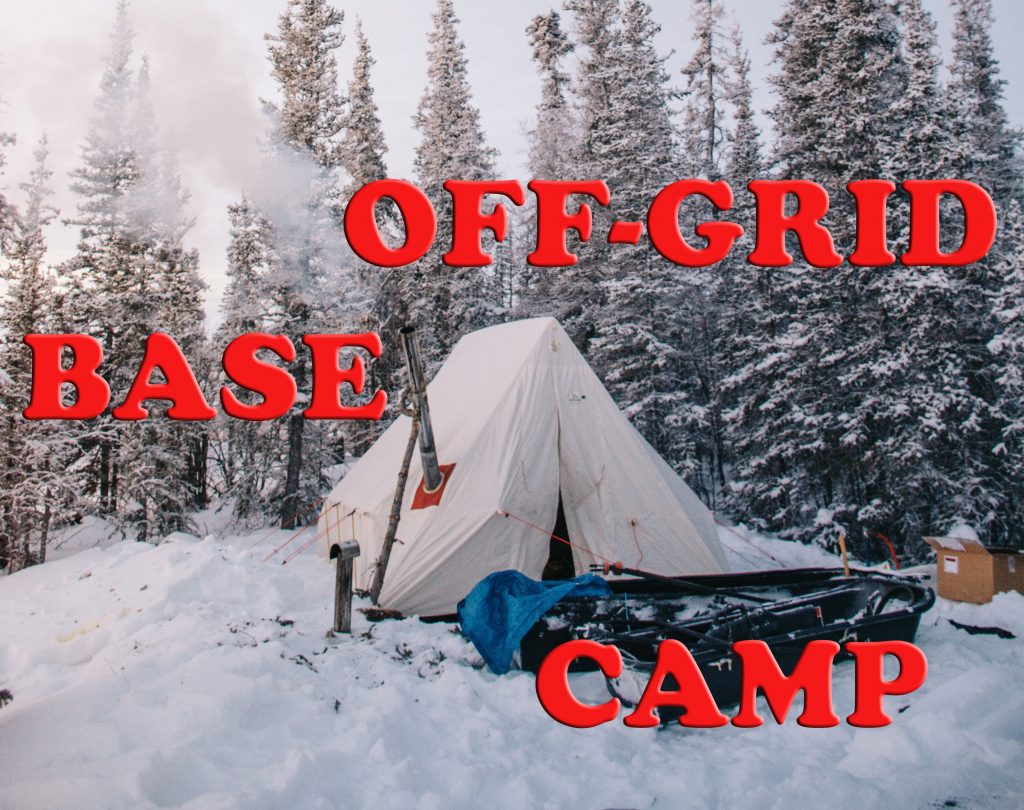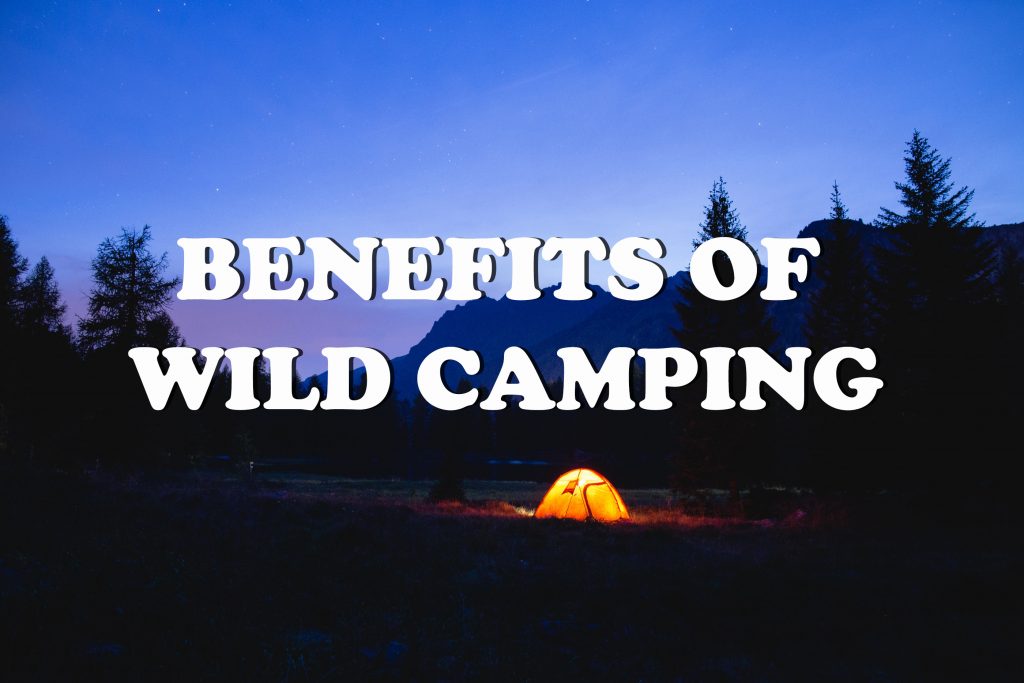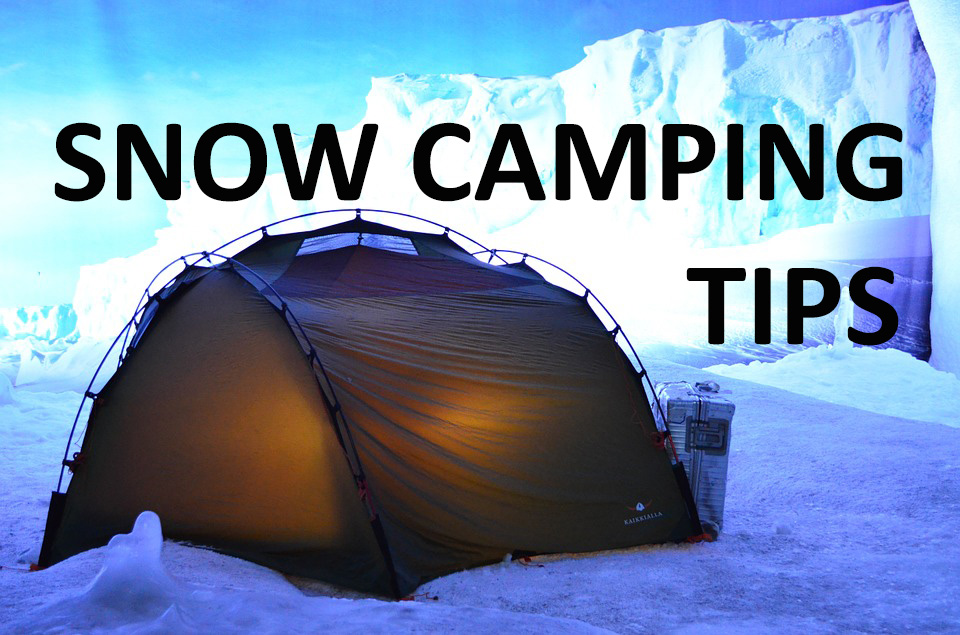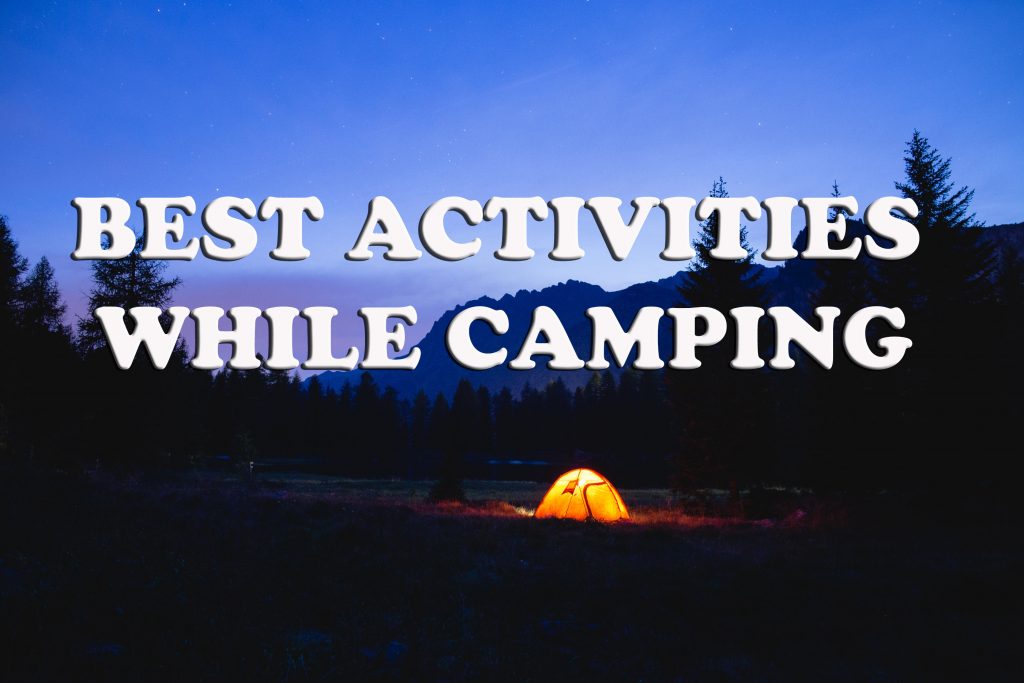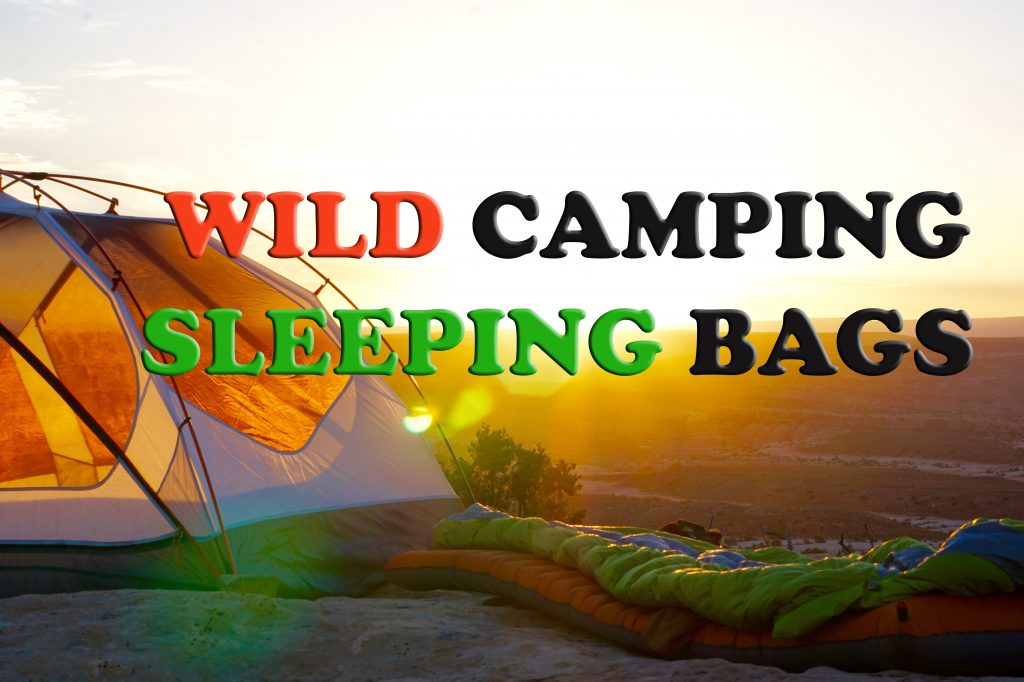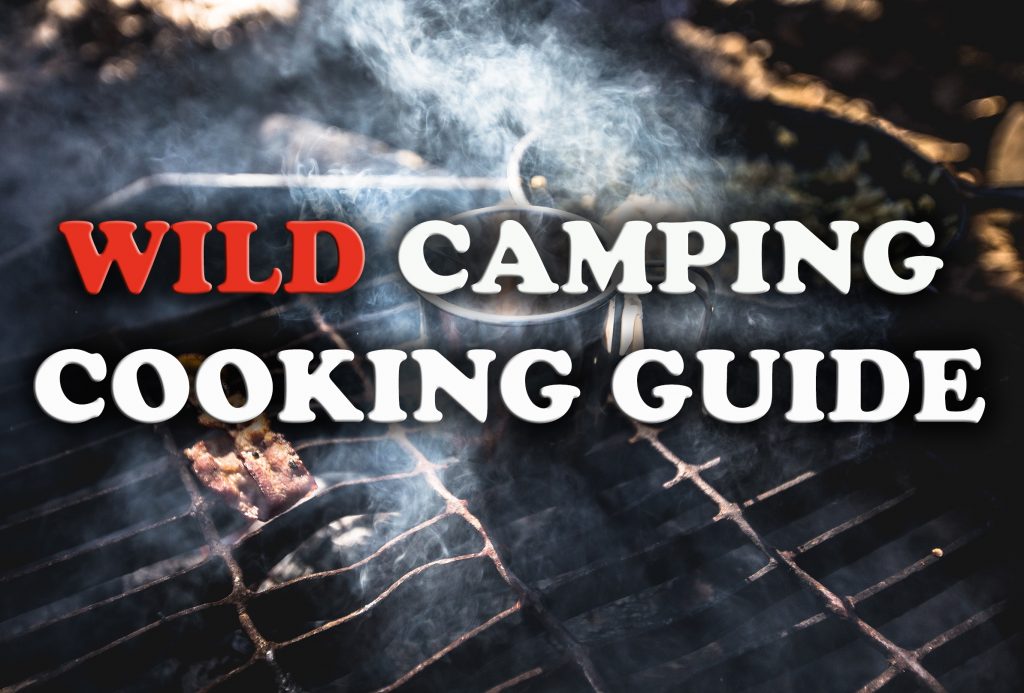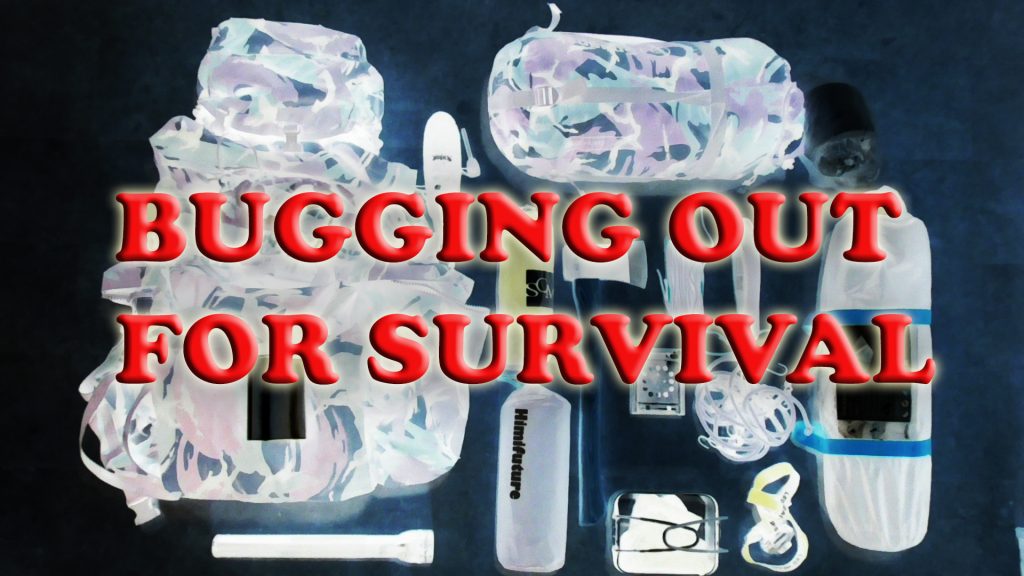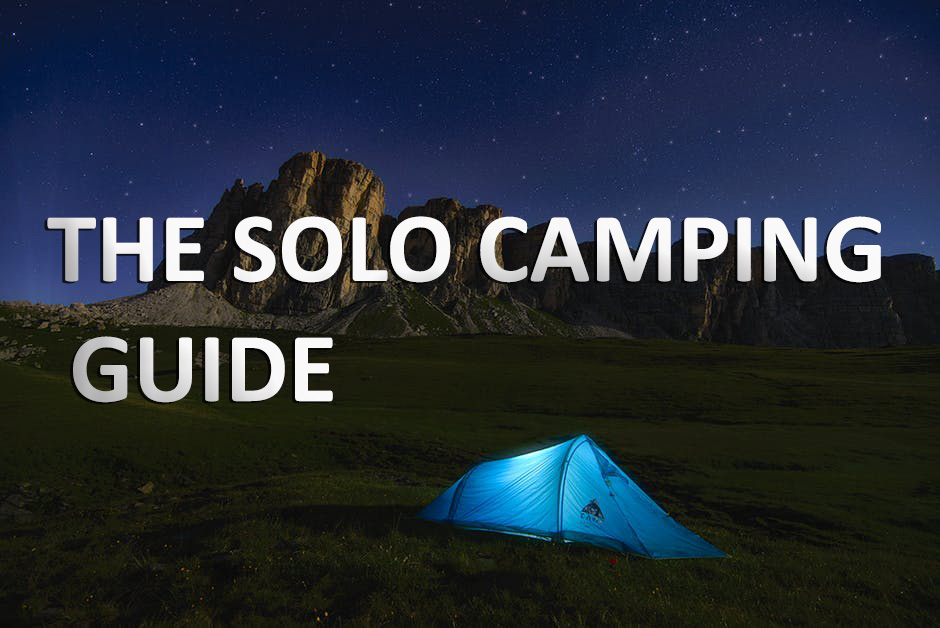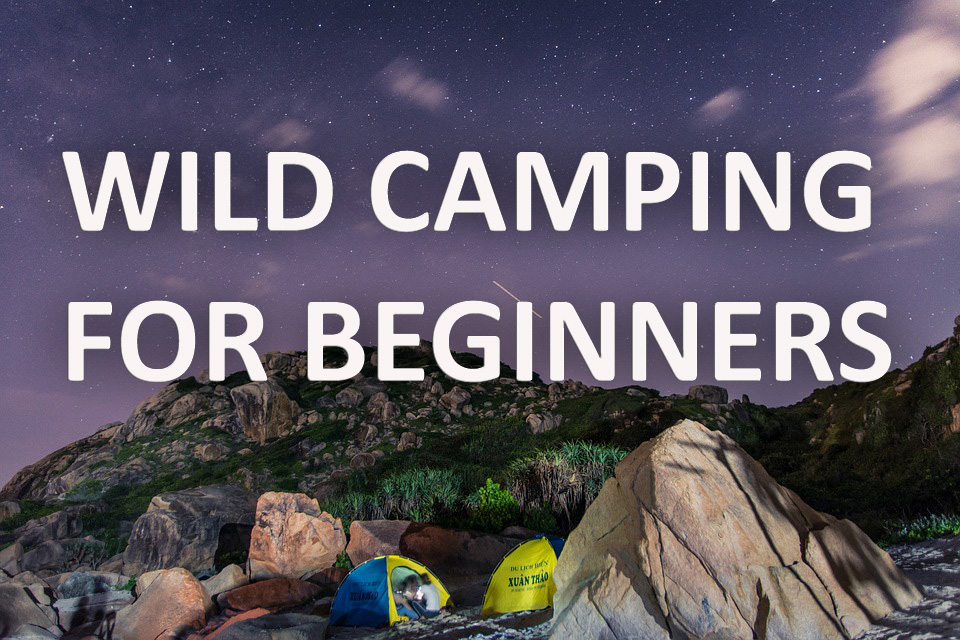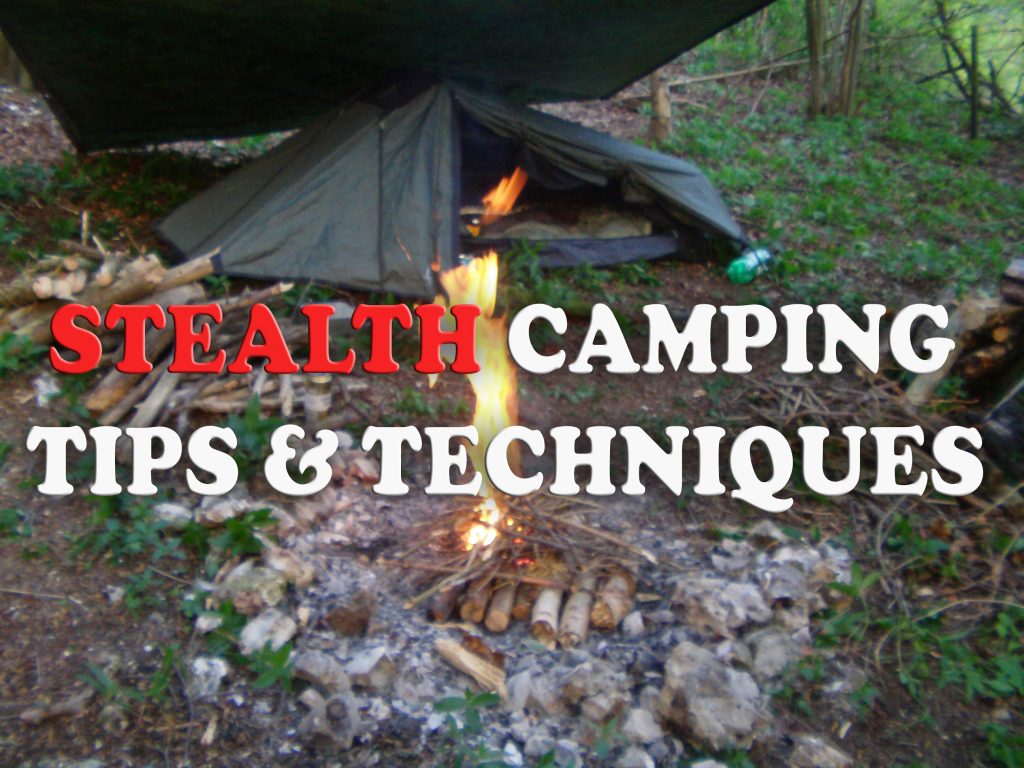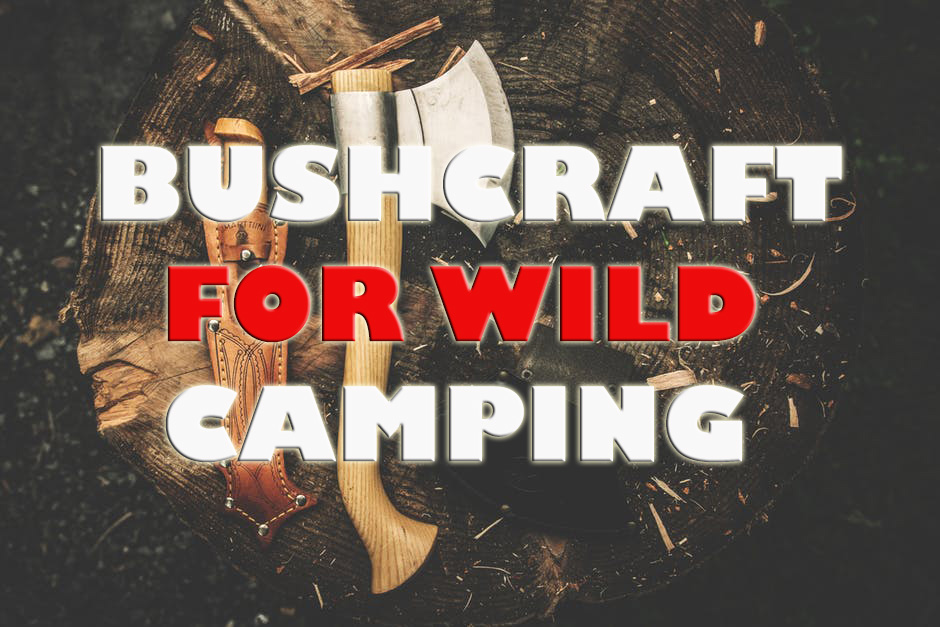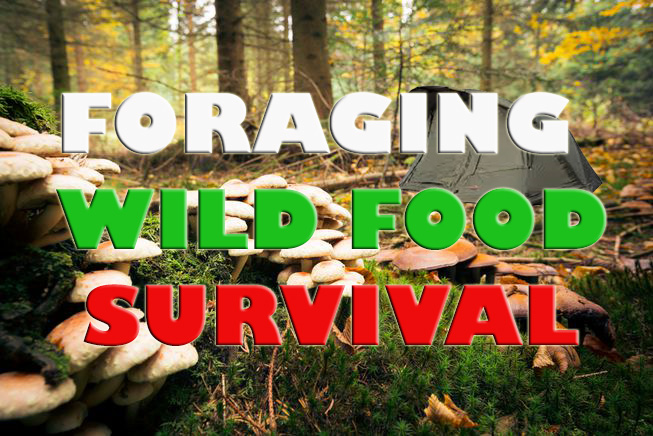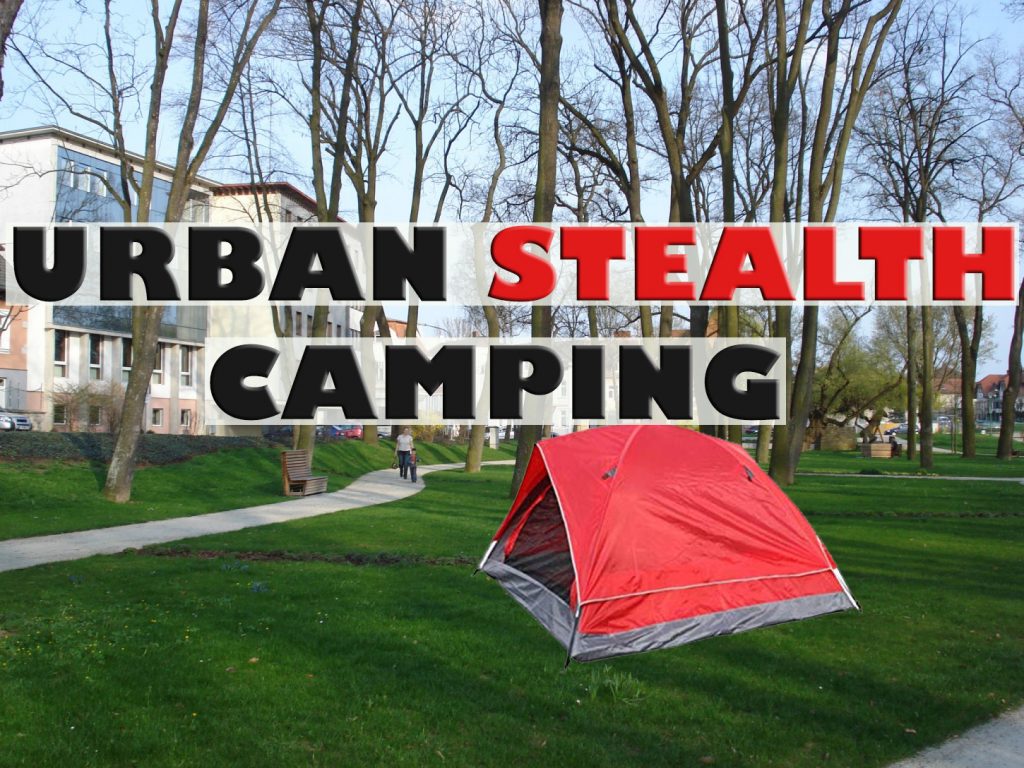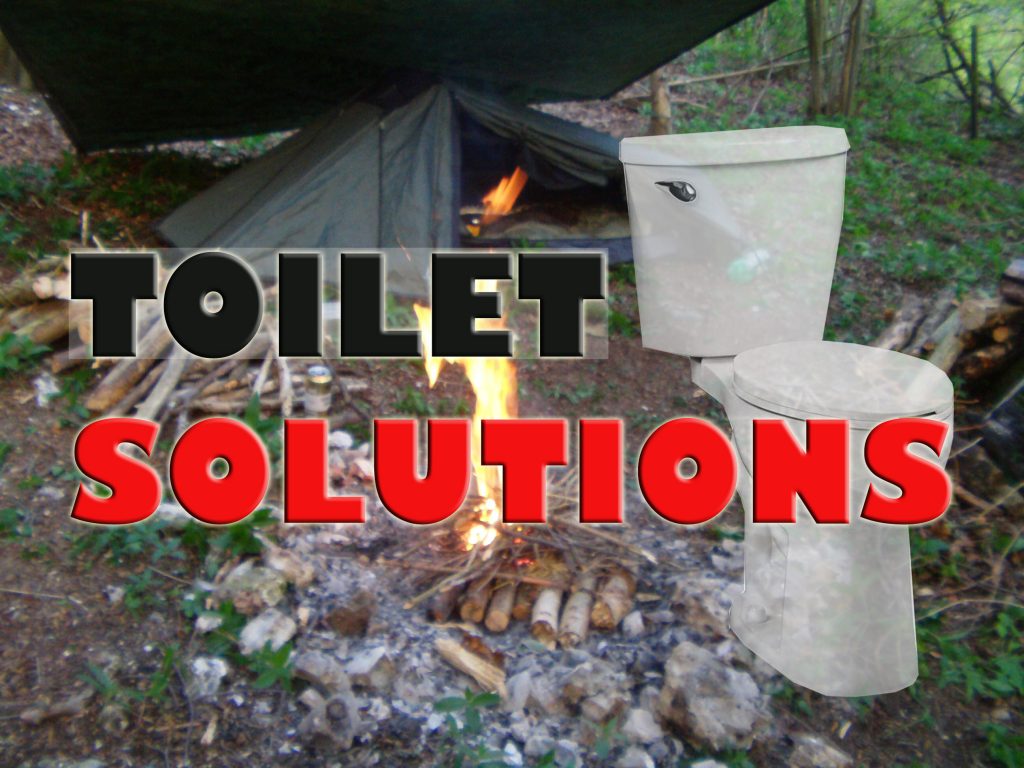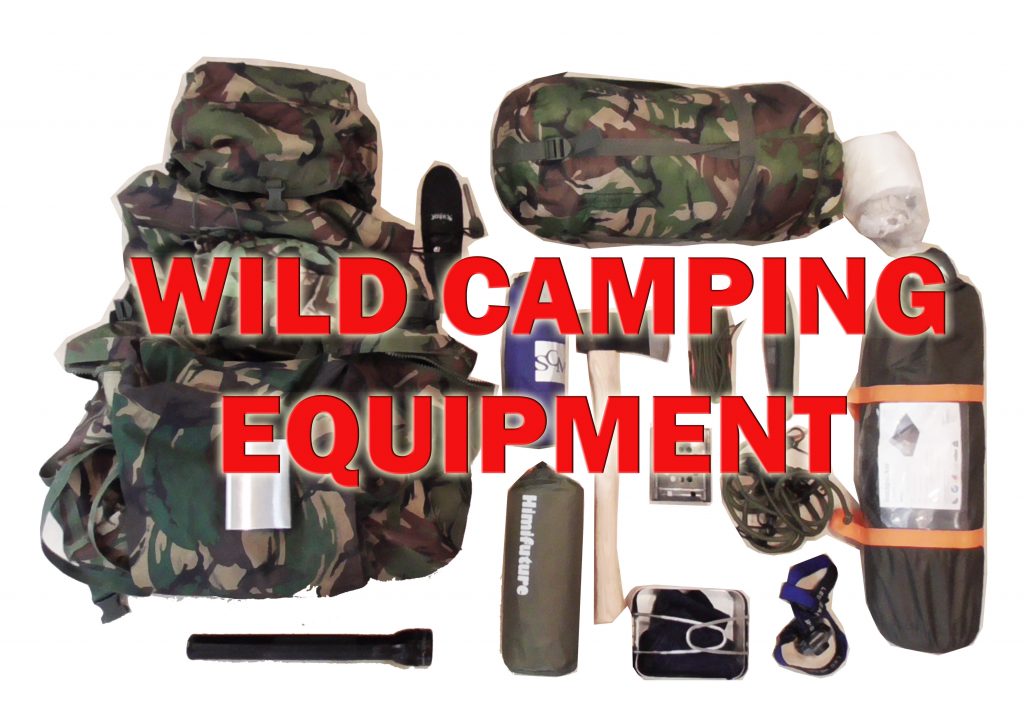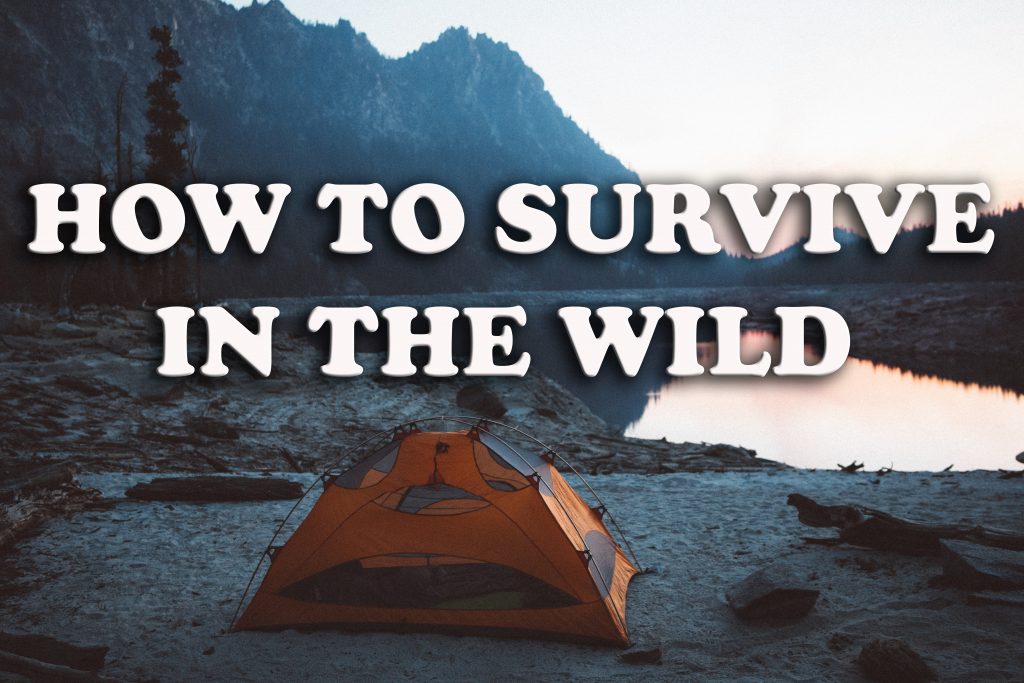
How to Survive in the Wild
In today’s modern, technology driven world, having to survive in the wild seems like the last thing we would have to do. It seems like something that would be a on a reality tv show, not something we’d actually be faced with. Humanity has inhabited almost every corner of the world, our modern comforts seem to be easily accessible from anywhere and in most cases they are. However, there are some scenarios where knowing how to survive in the wild would be invaluable knowledge.
Why Would You Have to Survive in the Wild?
Plane Crash
Plane crashes don’t happen very often, thankfully. But, when they do, things tend to get serious very quickly. We know planes don’t just fall out of the sky, crashing is not an instantaneous thing. Instead they begin a downward descent, oftentimes while the pilot does everything in their power to soften the impending blow.
Plane crash survivors aren’t rare and should you ever find yourself in this situation you have a relatively high chance of survival. For example in 2016, out of the 163 plane crashes world wide, only 24 crashes resulted in any deaths. To put the rarity into perspective, an average of 102 people in the USA, die every day in automobile accidents.
Many plane crashes happen on runways, or just short of them, but sometimes it happens in less than ideal areas. Planes have crashed over the ocean, in mountain ranges and in deserts. So, however unlikely it is that you will ever be in a plane crash, it is better to know and not need, than need and not know.

Getting Lost at Sea
Unless you are a fisherman, or frequently navigate the oceans in a smaller vessels, it is unlikely that you will ever be lost at sea. Though, it is much more common than plane crashes. Ocean waters experience frequent storms and some of the most seaworthy ships throughout history have been left crippled by the unrelenting wind and waves and some haven’t been seen since.
Should you ever find yourself shipwrecked, or washed aboard, your ability to survive is a key factor in your chances of being rescued. Accounts of surviving lost at sea, or on remote islands have been recorded through history and they are still being recorded today.
Getting Lost in the Wilderness
This is probably the most likely scenario on our list, as it can happen anywhere. With civilization in every direction it seems unlikely that you could get lost in your own backyard, so to speak. But, it is possible and quite common. A good example is Salmon-Challis national forest in Idaho. It is only the 4th largest national forest in the USA, but it covers 4.2 million acres, or 6,562.5 square miles.
Getting lost in over 6,000 miles of wilderness isn’t hard. Our phones are all but useless without a signal and maps and compasses won’t help you, if you don’t know where you are, or which way you should be going.

Being a Fugitive
We hope this situation doesn’t ever apply to you, but it happens. In the case of being a fugitive, you’d most likely intentionally retreat away from civilization to avoid capture. In this case you would need to be well prepared to survive indefinitely in the wilderness.
Fugitives would need to be well equipped mentally to survive off the land, without the hope of aide ever coming to their rescue. While we’re certain someone would be looking for them, their goal is to not be found.
A Collapse of Civilization
Over 32 advanced civilizations have collapsed before us and it only makes sense that we are next in line. The collapse of civilization doesn’t mean the end of the world, but it generally means the end of daily life as we’re accustomed to it. These collapses have been caused by greed, revolutions, natural disasters, plagues and in some cases we’re still not exactly sure what caused them.
We aren’t predicting a zombie apocalypse, but, imagine what would happen if the internet didn’t exist tomorrow, or electricity failed permanently. Our daily lives would be severely impacted and after the initial widespread panic, a new way of life would begin to emerge. Knowing how to survive without modern comforts, like grocery stores and prepackaged food, would quickly become the difference between struggle and survival.

Preparation
If you should ever find yourself needing to survive in the wild, there are 4 basic things you need to survive, (water, food, heat and shelter) and the most important of these things is water. Water is crucial to survival, even if it is all you have. As humans, up to 60% of our bodies are composed of water. The majority of this water is found in our brains, heart and lungs. It doesn’t take long for us to dehydrate, especially with outside variables like heat and exertion included. An adult can survive 3 weeks with no food, but that same adult may only last 3 days without water.
Find Water
Finding water should be your first goal. As soon as you realize you are going to be lost for more than a few hours, you need to find a source of water. Water isn’t hard to find, if you know where to look, even the driest places on earth have water. Where you should look for water depends on climate, terrain and elevation. However, there are a few general rules to finding water no matter where you are.

Look for vegetation
Plants need water too and generally the lusher the vegetation is, the more water there is available. Plants are healthier and grow closer together when they don’t have to compete for resources. Moss is also a good indicator of water, as it can only grow in damp areas. Plants like grapevines can provide water, especially in spring. Simply cut, or bite a notch in a vine and allow the water to drip into a container, or your mouth. Small pools of trapped water can also be found in the crevices of tree branches and rocks.
Rain Water
Rain water is a valuable asset to you, so you should find a way to trap as much of it as you can, should it rain. If you have containers or plastic bags, utilize them to catch as much water as possible. Never drink groundwater, from streams, creeks, or ponds without purifying it, unless you have absolutely no other choice. Groundwater can harbor bacteria, and parasites, some of which are deadly.
Construct a Solar Still
If you are lucky enough to have a few containers that can hold water and a tarp, or plastic bag you can easily make a solar still to purify and collect water for you.
To make a solar still dig a hole 3 ft deep, or as deep as you can get it and wide enough to hold your sources of water, like containers of urine, or tree branches and other vegetation. Dig a smaller hole in the center of your hole to hold your collection container. Place a plastic sheet, tarp or any other waterproof material over your hole and use stones around the edges to hold it down and keep it taught. Finally, place another stone in the center of the cover, over top of the collection container.
Water will evaporate from the ground, urine and vegetation and condensate on the tarp and drip down into your collection container. Never collect water from poisonous plants.

Follow the Wildlife to Water
The local wildlife will know exactly where the water sources are, pay attention. Watch the direction that birds fly in the early morning as they are most likely headed to a water source. Many animals go to drink first thing in the morning, so if you see a few animals headed in the same direction, they will lead you to water. Following deer trails, or the sounds of frogs and water loving birds are also a sure way to find water.
Build a Shelter
Building a shelter with nothing sounds a little impossible, but it isn’t, even if you have no supplies, there will probably be plenty of shelter opportunities around you. Stay away from caves, large crevices, or large dens, as these are popular home choices for large animals, like bears and mountain lions. Some fairly easily to utilize and often readily available shelter options are:
The Cocoon
This is an easy shelter to make in a hurry and you may find it useful if you don’t have time before nightfall to make, or find a more elaborate shelter. To make a cocoon style shelter, gather leaves, bark, pine needles and other debris from the area and pile it up. Make your pile 2-3 feet high and longer than you are tall. Once it is complete, burrow into the pile, you are now in a natural sleeping bag that will protect you from heat loss, and help camouflage you, and your scent, from any potential predators.

The Fallen Tree
If a tree falls in the forest and no one is around to hear it, does it make a sound? We don’t know, but it can make a good shelter. If you find a fallen tree, that has enough room under it for you to crawl into you have a shelter. You can use the trees branches as a wall to block the windward side of the tree, so the wind blows into the branches and not against them. Alternatively, use other fallen branches to create a wall to keep the wind from reaching you. You can build a fire on the open side of your tree shelter, to help keep you warm.
The Lean-To
This shelter doesn’t need a tree, but it does need a rock, hillside, or other object that is a few feet high and at least as long as you are tall. To build a lean-to gather long sticks and lean them against your base, make sure to lean them at enough of an angle that you will be able to fit into the provided space.
Cover your structure with leaves, limbs, pine needles and any other available debris, once you have built a thick wall you now have a wind blocking shelter.
Learn How to Make a Fire
Making a fire without matches, or a lighter is a little difficult, but hey a caveman could do it and so can you, with enough practice. There are a few ways to make fire with no modern supplies and a lack of flint. If you happen to become stranded near a supply of flint rocks, cherish them. For the rest of us there are a few things we’ll need before we can make a fire. These basic things are:
Dry sticks, wet wood will not burn
Dry, flat wood, like thick bark.
Dry kindling materials like twigs and leaves (the crunchy kind)
Vines, or shoe lace

Making a Fire With Sticks – Hand Drill
A hand drill starts fire with friction, friction generates heat and enough heat, makes hot embers.
To use this method you need to choose a sturdy, dry stick and fashion one end of it into a point. If you do not have a knife, a sharp rock, or rough tree bark can be of use. Once you have fashioned one end of your stick into something that resembles a point, you need to create a notch in the center of your flat wood for this point to rest in. Again, a sharp rock can be useful if you do not have a knife.
Once you have prepared your hand drill and placed the point of your stick into its notch, place the stick between your palms and rub your palms together quickly. Apply pressure to your stick as you roll it between your palms and stand, or kneel on your flat wood to ensure it stays still.
Once you begin to see smoke, push harder and twirl faster, you’re almost there, eventually you will begin to see the glow of a hot ember. Quickly transfer this ember to your kindling, cup your hands around it and blow lightly to get your fire burning.
This takes patience and practice, but it is possible. It is one of the hardest ways to start a fire and your hands will feel the effects of the friction too.

Making a Fire With Sticks – Fire Bow
This method requires a little more prep, but it is nicer to your hands. You’ll need a sturdy stick that is not dried out, moisture is needed here. The stick should have a C-curve to it, like a bow. You’ll also need a string for your bow, a shoelace, paracord, a strip of your shirt, or in a worse case scenario a sturdy vine. This string needs to be 1.5 times the length of your bow. You’ll use this bow in the same way you used your hands in method one, with a fire stick and fire board.
Tie your string to either side of your bow, leaving only enough slack to loop your string around your fire stick, without snapping your bow. The string should be tight and your fire stick shouldn’t slip out.
Place the point of your fire stick in the notch on your fireboard and use a rock to apply downward pressure to the top of it. Begin sawing your bow back and forth until you have a hot ember.
Once you have a hot ember, transfer it to your tinder and start the fire building process. Once you have your fire burning you can add more leaves and other plants that burn hot to create more smoke. This smoke can be used as a way to signal for help. The more smoke, the more likely a plane, or person will see your call for help.

Find Food
Food is everywhere, if you know where to look. For the less skilled, foraging is a good source of nutrition. For the more adept, fishing, hunting and trapping are possible.
Foraging
Foraging is a guaranteed source of food, it just may not be what you’re used to. Nature has a way of providing everything we need, even if it isn’t obvious. If you’re going to survive in the wild, you’ll have to adapt to this foraging diet. Some great sources of nutrition include:
Berries
Nuts
Edible foliage
Roots
Wild Herbs
Mushrooms
Wild Onion
If you aren’t sure what something is, don’t eat it. Be wary of poisonous berries like nightshade.

Fishing
Fishing without a pole and tackle box is difficult, but it can be done. Some of the most common wilderness survival fishing techniques, if you have no supplies, are:
Hand Fishing
This method is known by different names, depending on which area of the world you’re in, but it is all the same. Catching fish with bare, or gloved hands. This style of fishing requires a little skill and a lot of luck, you shouldn’t depend on hand fishing to keep you fed.
Fish Poison
This method works by poisoning the fish via plant compounds called Saponins and Rotenones being placed into the water. This method should only be used as an extreme last resort, it is capable of killing all of the fish in a pond and is detrimental to wildlife populations. So, if you have any other option and aren’t starving to death, don’t do this, because wildlife will be affected and may starve or relocate as a consequence of no fish.
Net Fishing
You can weave a net from ivy, or grape vines. Weave it tight enough to trap fish, while still allowing water to pass through. Once you have your net, you can use rocks to weight it so it sinks, rather than floats.

Hunting
Hunting with no supplies, like fishing can be a bit of a challenge. But, nature may just provide you a few tools. After all, people were hunting long before guns and crossbows existed.
Crude Hunting Spear
A long, straight, sturdy stick, a sharp rock and a shoestring or strip of cloth can make a decent spear. If you can master the art of throwing it, you may be impaling rabbits, and harpooning birds in no time. If not, at the very least, you will have a defensive weapon, with a little reach.
Stone Casting
Throwing stones is a good way to render small game unconscious, if you have good aim. Few things knock a rabbit out like a well landed rock will.
Trapping
Trapping larger prey without supplies can be difficult, but there are a few effective methods.

Snare Traps
Snare traps can be set up with vines and a counter weight that is heavier than your intended target.
Rock Traps for Fish
A rock trap is easy to set up in a small stream, or creek. Essentially you would build a blockage in the water, and a half circle of stones placed close together. The stones need to rise above the water’s surface. The blockage will direct the current and the fish into your rock trap and the water will pass through, leaving the fish trapped.
Avoid Large Predators
Chances are, you’re not the only thing hunting, bears, mountain lions and wolves are just a few of the animals that may pose a threat to you. Steer clear of these animals and and their homes. Remember, they will be able to smell you, and they may not know what you are, but a few may be curious and hungry.
Signs to look for include, animal bones, carcasses, dens, or caves, and areas with a lot of broken tree limbs, or large areas of flattened, or dug up undergrowth. These are clear indicators that you may be sharing the area with another predator and you may want to be a little more discrete, or move on.

If you do happen to encounter a bear, or mountain lion do not run. Prey runs, and if you run, you just became dinner. You need to show them that you are a dangerous predator too and one they don’t want to mess with. Raise your arms and yell, the goal is to look as big as possible.
If done quickly this often works, but in case it doesn’t, back away slowly while facing the animal. This shows them that you are still ready to defend, but you’re also leaving the area. Never turn your back to them. In most cases this display of defensive submission is enough to appease a predator and they will often watch you leave, but let you leave.
Above all else Stay Mentally Strong
Keep your mind on the right track, find ways to occupy yourself so you have less time to dwell on your situation. The less time you spend thinking about your less than desirable situation, the better your moral will be. SIng songs, befriend some birds, or other small creatures for company and find the best things your situation has to offer. Go hiking, go swimming, explore your surroundings just to do it. Being stranded in the wilderness doesn’t mean you have to sulk around. Depression begins the downward spiral to giving up and if you quit, you won’t survive.

‘As an Amazon Affiliate I earn from qualifying purchases’
